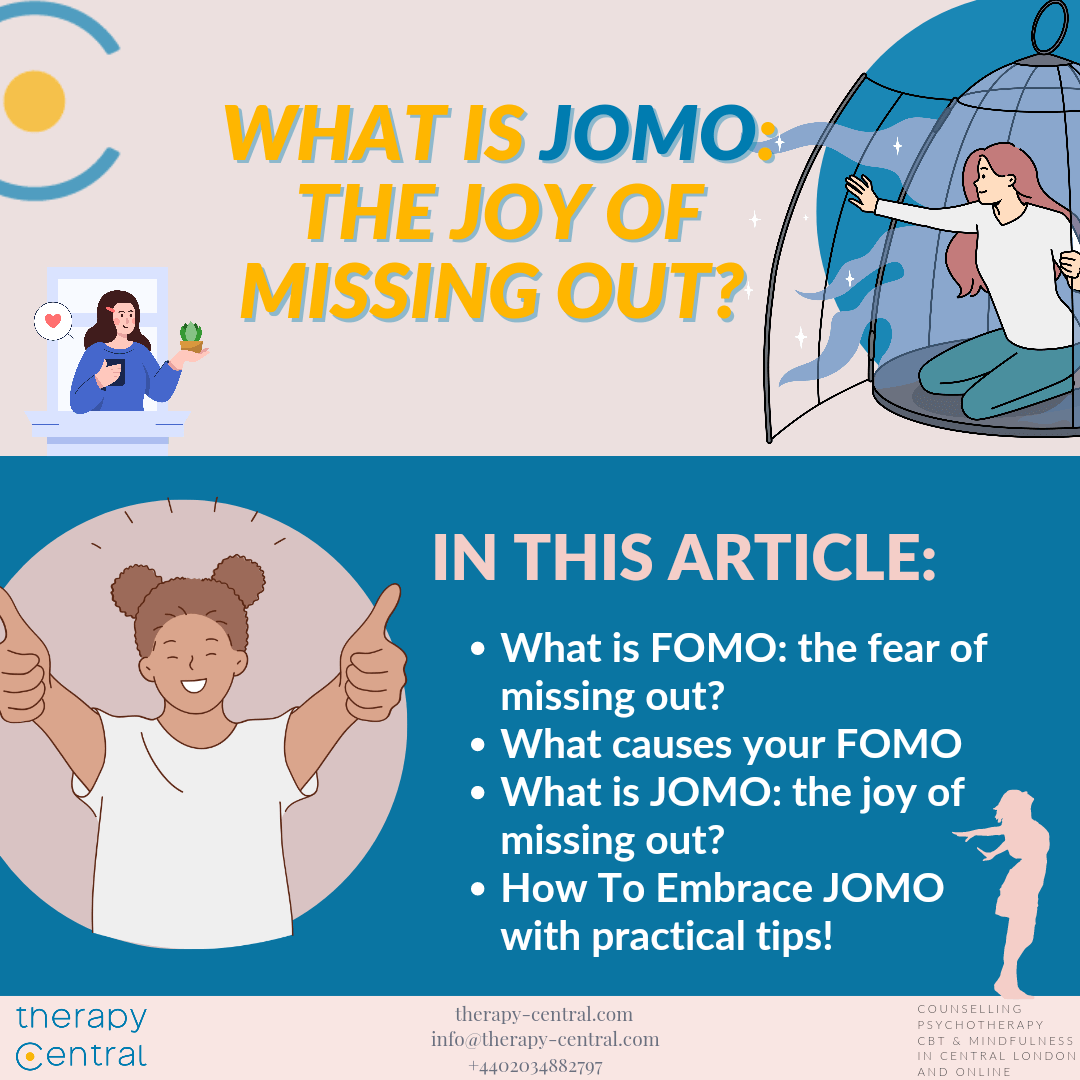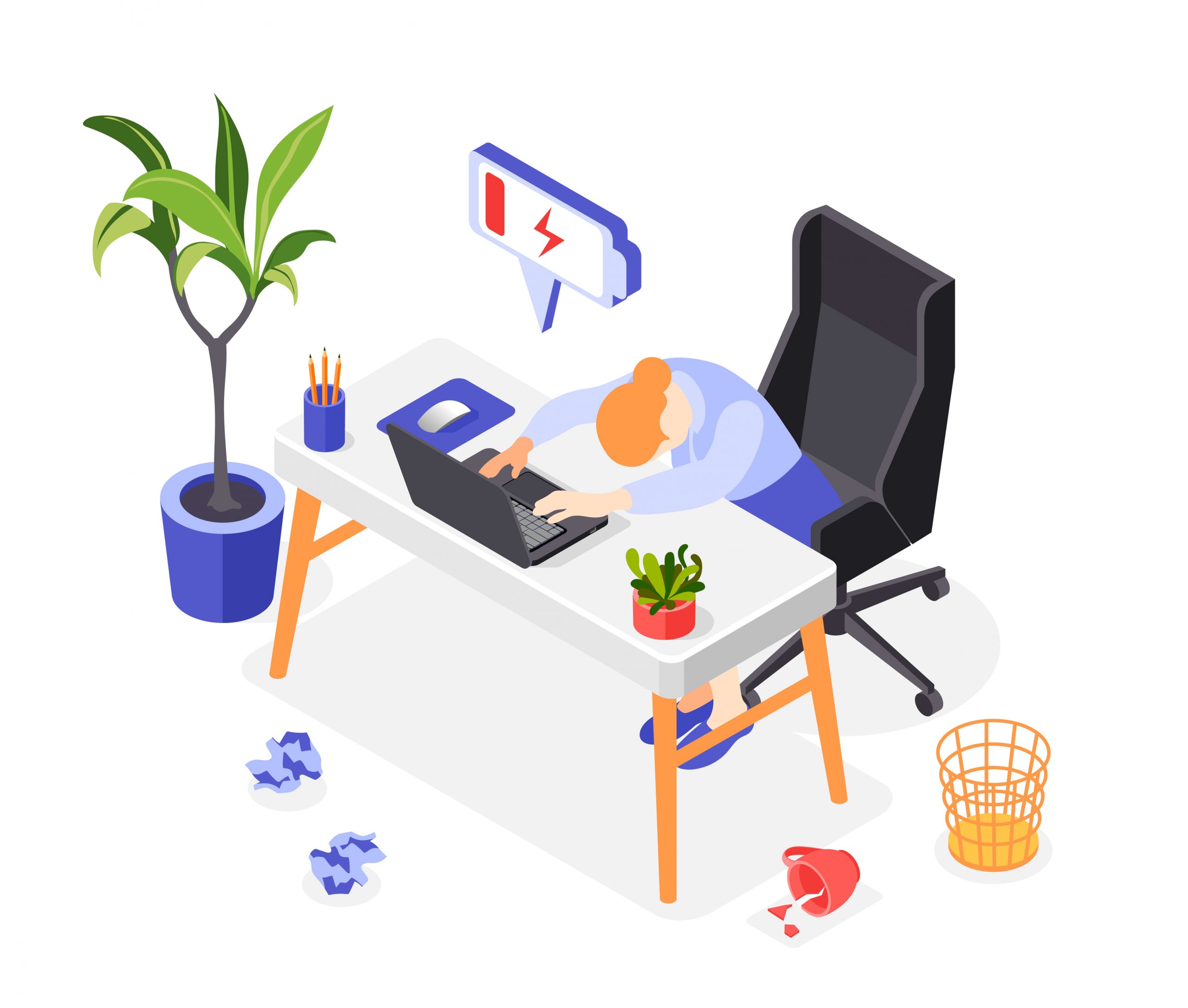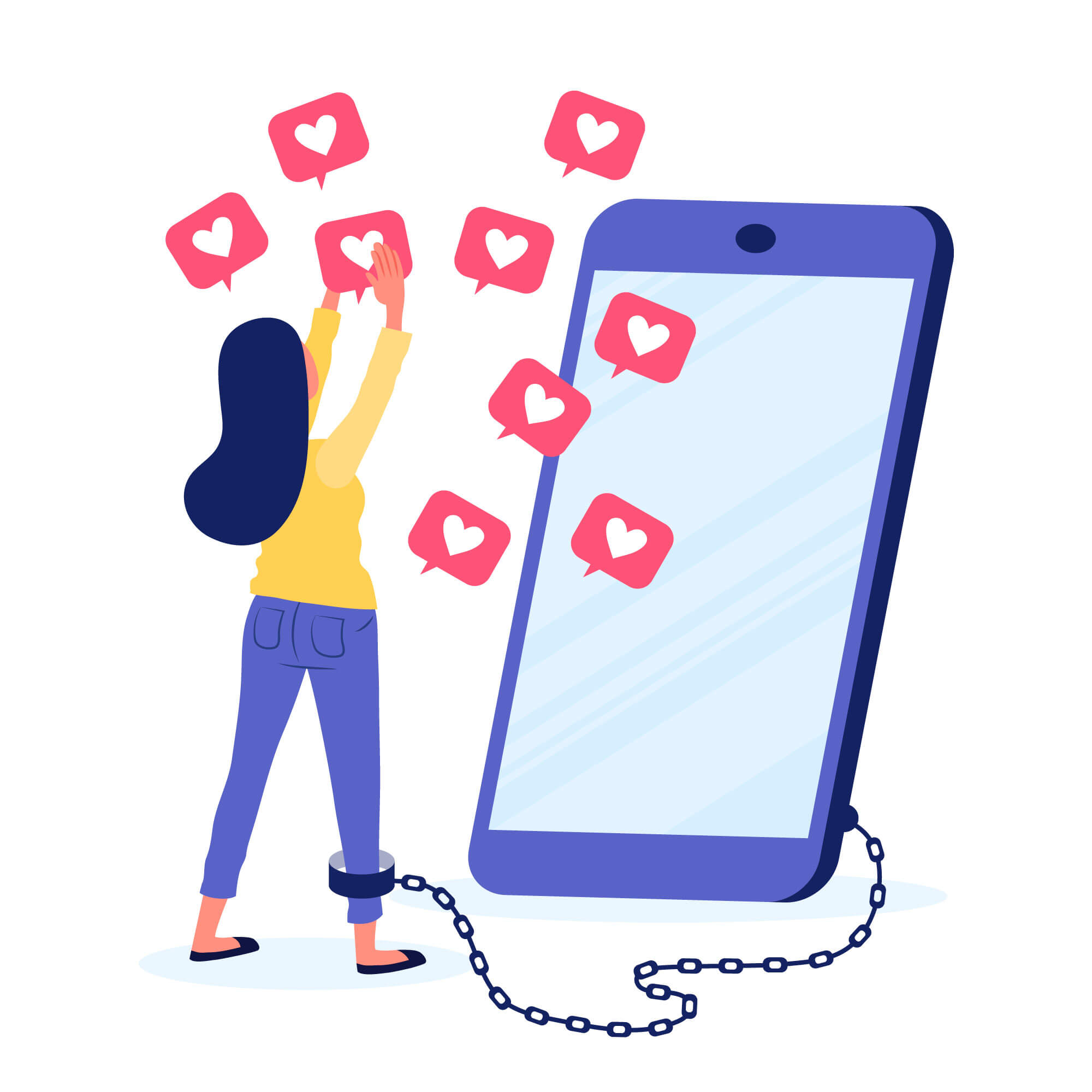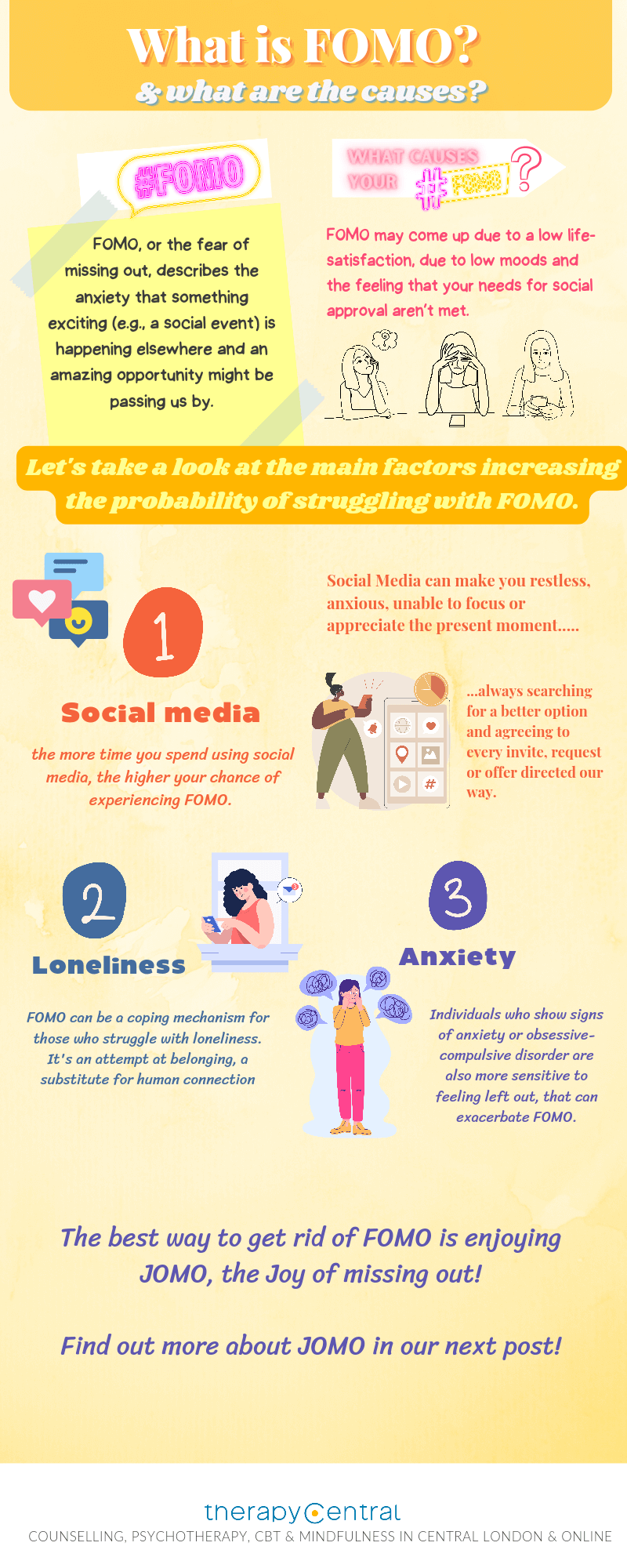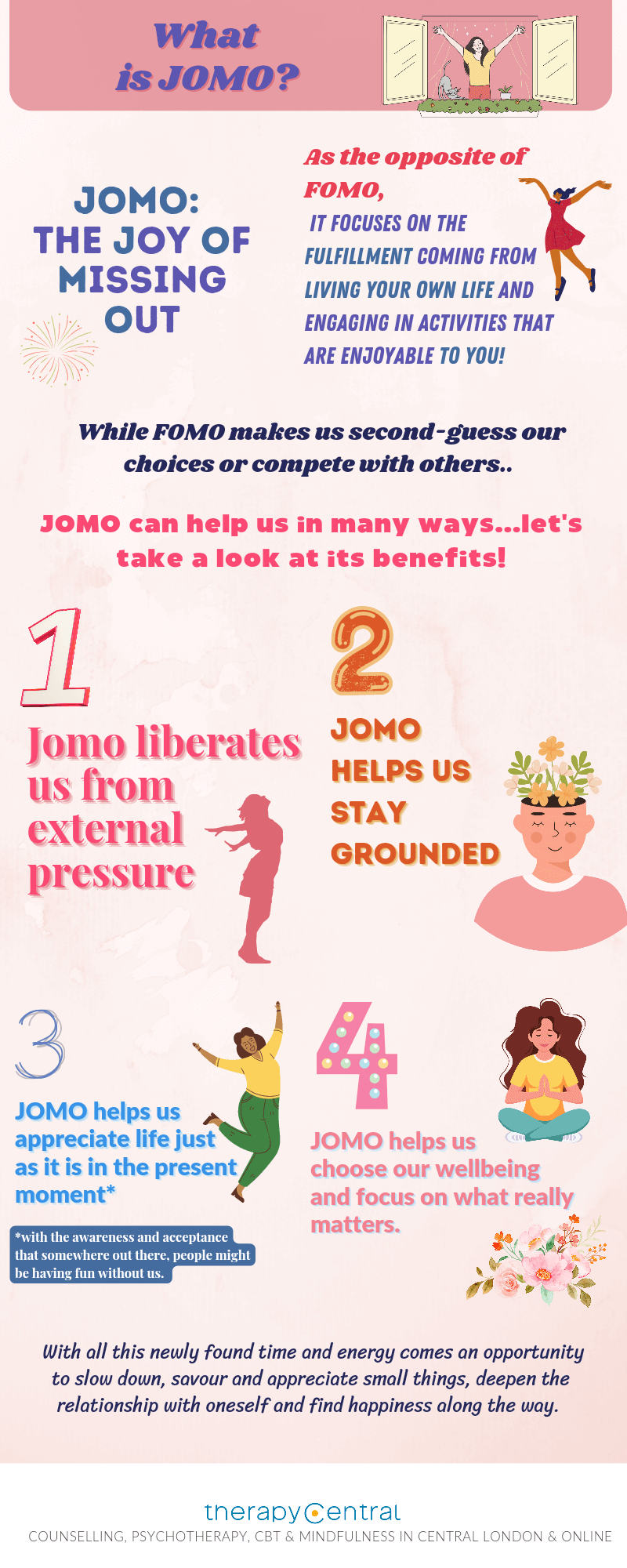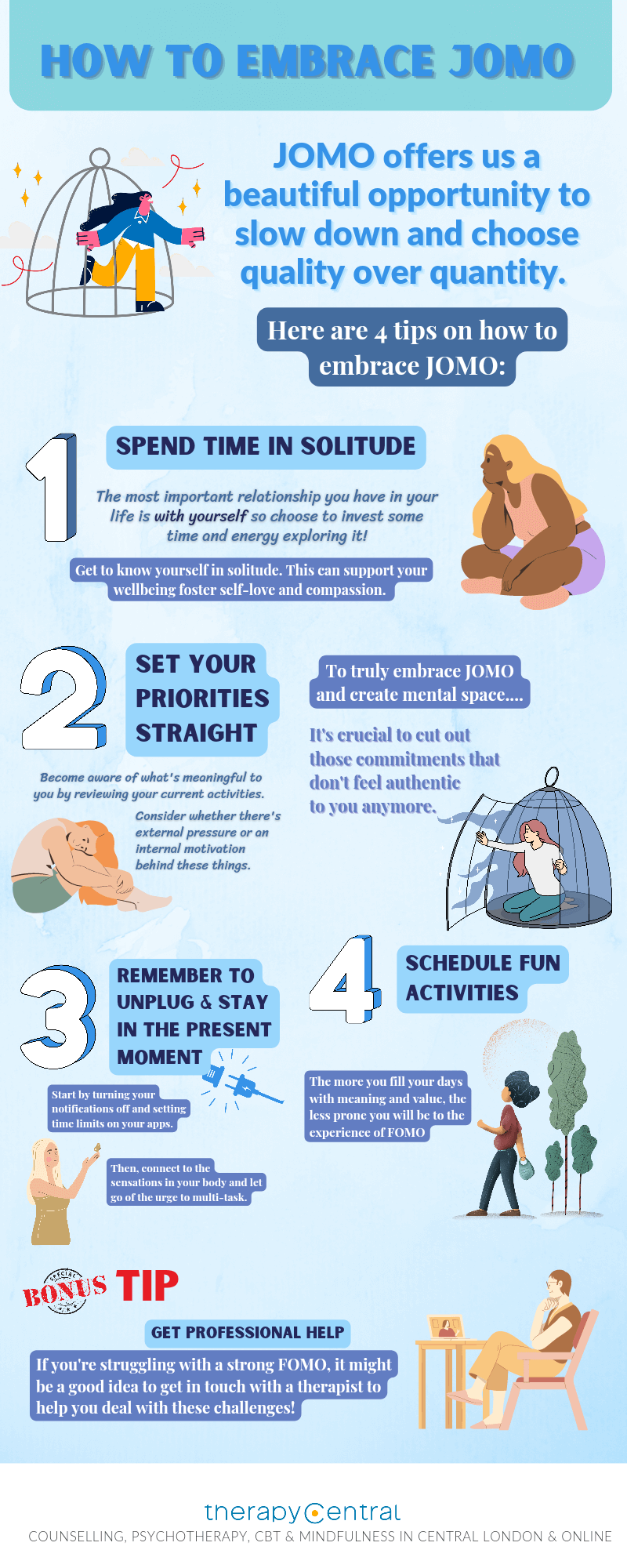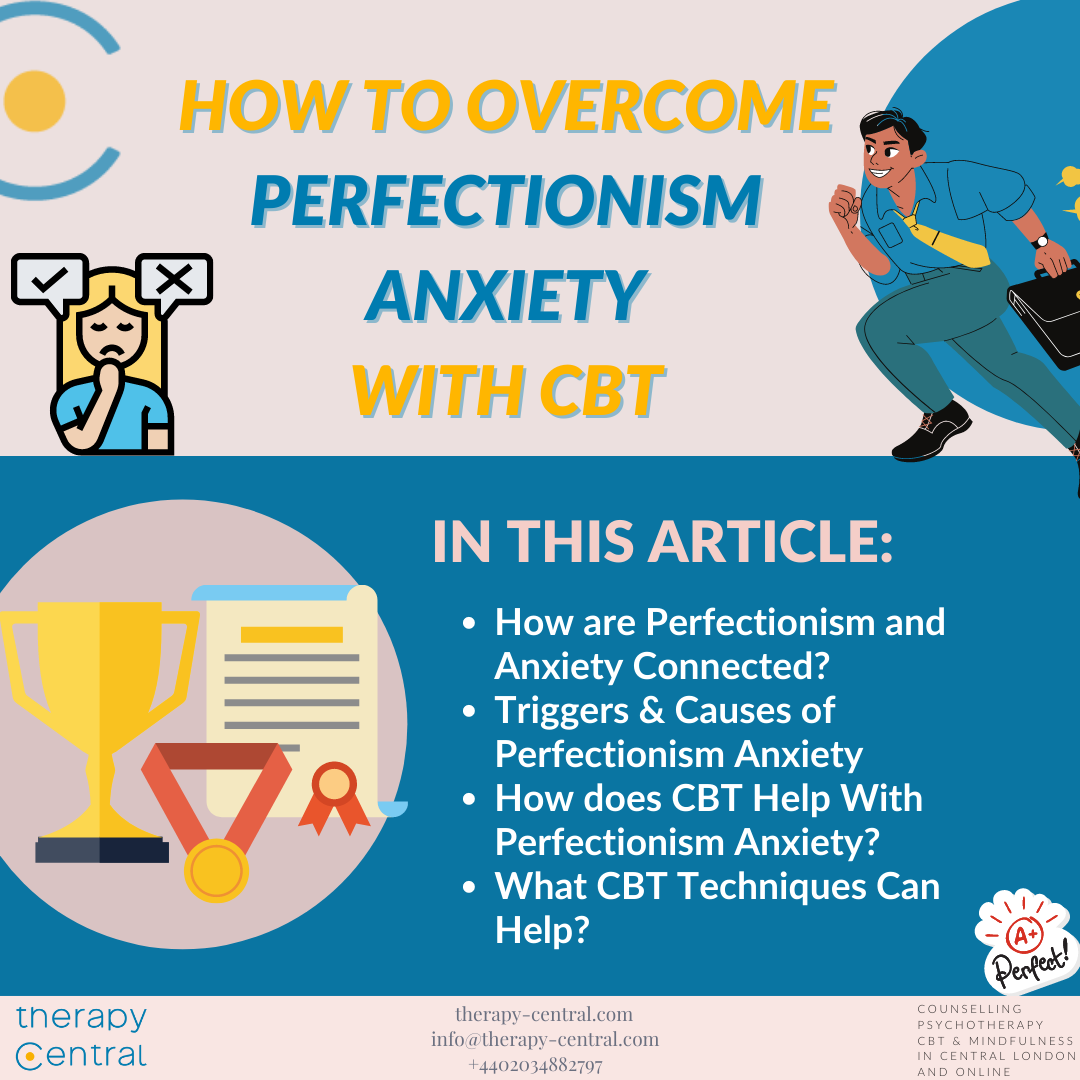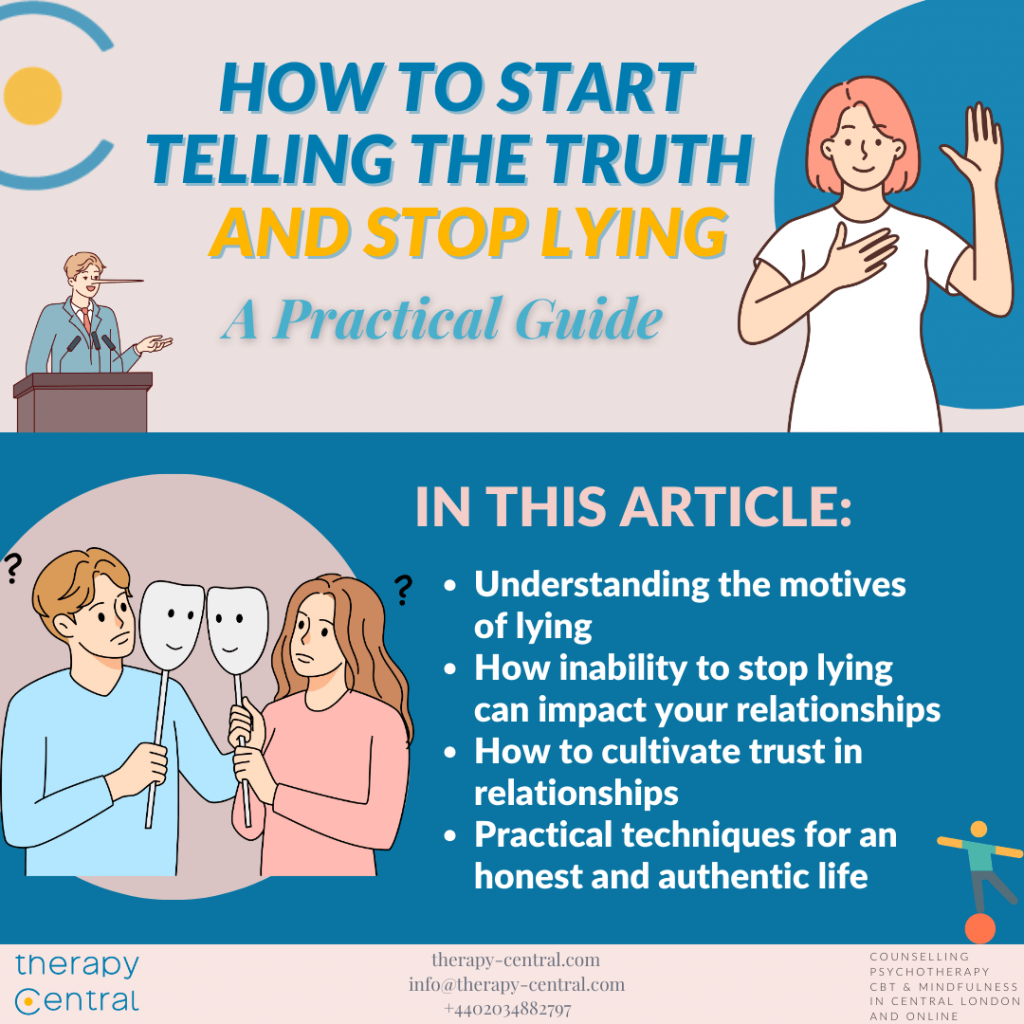Due to the COVID-19 pandemic, the world as we knew it changed forever. What used to be shocking and unimaginable, such as the first lockdowns in 2020, slowly became our new normal. While the restriction of being stuck at home was torture to some, it turned out to be a blessing in disguise to others. Finally, there were no parties, meetings, concerts, or exhibitions to miss out on. The regrets or the anxiety triggered by not attending all those events ‘miraculously’ disappeared and gave place to many cosy days spent in pyjamas. With time, we more or less learned how to navigate the uncertainty of our post-covid reality. Two years later, however, the world is opening up, and with it, our FOMO, the fear of missing out. A fantastic way to tackle this issue is with the beautiful practice of JOMO, the joy of missing out. In this article, we look closely at FOMO and ways to counteract it by cultivating JOMO.
What is FOMO: the fear of missing out?
FOMO, or the fear of missing out, describes the anxiety that an exciting social event is happening elsewhere and a fantastic opportunity might be passing us by. It’s nothing new, according to Anita Sanz, the clinical psychologist. It’s an ancient survival mechanism ageing back to the tribal times when it was crucial for our survival to stay informed about the newest threats or sources of food. Our lives depended on it, literally.
Skip forward to today’s civilisations, and we struggle with the new, augmented form of FOMO. Due to the infobesity era we live in and the rise of social media giants such as Instagram, Facebook, Twitter, or TikTok, we can now always stay in the loop, for better or worse.
What causes your FOMO
Many studies claim that FOMO is caused by “a low life satisfaction, with low moods and the feeling that your needs” of social approval “aren’t met”. It’s also important to consider the number one factor increasing the probability of struggling with FOMO.
Social media
There’s a simple correlation: the more time you spend using social media, the higher your chance of experiencing FOMO.
So many of us, especially younger generations, risk developing the unhealthy habit of constantly checking the newest pieces of information and comparing our lives to the polished versions of other people online. We continuously scroll through social media feeds to do the impossible: always be at the right place and time, follow edgy trends, and stay on top of everything.
FOMO can make us addicted to the instant gratification of likes and fleeting attention of others online. Yet, as with any addiction, this hunger is insatiable and unavoidably makes us come back for more. We end up glued to our phones, restless, anxious, and unable to focus or appreciate the present moment. We constantly search for a better option and agree to every invite, request, or offer directed our way. Eventually, the only thing we miss out on is staying authentic to ourselves and doing what truly makes us happy.
Loneliness
We all want to be over, cherished and simply belong. When this basic need isn’t satisfied, we experience loneliness. Let’s take a moment to notice the difference between feeling lonely and being alone. While the former is a state of involuntary isolation causing us pain, the latter – solitude – is a choice that supports our wellbeing.
Nowadays, it’s easier to find out if we missed out on that ‘cool concert’, haven’t been invited to this ‘legendary party’ or are still waiting to get the COVID vaccine. That knowledge stings, triggering regrets, disappointments, and even anxiety or sleep problems.
FOMO is just a coping mechanism for those who struggle with loneliness. It’s the attempt at belonging, a substitute for human connection. For them, this constant access to social media and the broadcasted lives of other people can only further exacerbate their state.
Anxiety
Individuals who show signs of anxiety or obsessive-compulsive disorder are also more sensitive to environmental threats, like being left out. With its repetitiveness, mindless scrolling through social media brings them a false sense of comfort and relaxation. It’s an unhealthy coping mechanism with a significant side effect: experiencing FOMO. And so, the vicious cycle of anxiety is created and perpetuated.
Share this Image On Your Site
What is JOMO: the joy of missing out?
JOMO, on the other hand, is a relatively new term. As the opposite of FOMO, it focuses on the fulfilment coming from living your own life and engaging in activities that are enjoyable to you. While FOMO makes us second-guess our choices or compete with others, JOMO liberates us from this external pressure. It helps us stay grounded and appreciate life just as it is in the present moment. All this while being aware that people might be having fun without us somewhere out there.
At its core, the joy of missing out is based on our intention. Instead of succumbing to social pressure and being stuck in the anxiety-inducing loop of endless scrolling, we can choose our wellbeing and focus on what really matters. With all this newly found time and energy comes an opportunity to slow down, savour and appreciate small things, deepen the relationship with oneself and find happiness along the way.
Share this Image On Your Site
JOMO vs Digital Detox
When we reduce technology usage, we also reduce our anxiety and stress levels. Taking tech-free breaks means hitting a pause on the omnipresent information overload to replenish our resources.
However, JOMO is not synonymous with a digital detox. It’s more about finding balance through the conscious usage of technology, not going to extremes and cutting ourselves off from the world entirely. One of the surveys even shows how 78% of the UK millennials boost their JOMO through the carefree consumption of streaming services such as Netflix.
How To Embrace JOMO
JOMO offers us a beautiful opportunity to slow down and choose quality over quantity. Here are 4 tips on how to embrace JOMO:
Spend Time In Solitude:
The most important relationship you have in your life is with yourself so choose to invest some time and energy in exploring it. Create mindful moments of deep connection to your dreams, hopes, anxieties, fears and desires. Get to know yourself in solitude, which can only support your wellbeing.
Set Your Priorities Straight:
Become aware of what’s meaningful to you by reviewing your current activities. Consider whether there’s external pressure or an internal motivation behind these things. To truly embrace JOMO and create mental space, you must cut out these commitments that don’t feel authentic to you anymore. This process can get complicated, so try clearing your mind with journaling.
Remember To Unplug & Stay In The Present Moment:
“Without the distraction of social media, it is that much easier to enjoy personal time”, says Cathy Sullivan Windt, a licensed psychologist. Start by turning your notifications off and setting time limits on your apps. Then, connect to the sensations in your body and let go of the urge to multitask – which is a myth. Befriend the discomfort by using all your senses to ground yourself in the here and now. When:
- cooking a meal, pay attention to the smell and taste
- walking in a park, feel the ground beneath your feet
- you’re stuck in traffic, breathe in and out.
Allow yourself to simply be.
Schedule Fun Activities:
The more you fill your days with meaning and value, the less prone you will be to the experience of FOMO. These beautiful moments don’t usually happen on their own – we need to set an intention and schedule such activities ahead. Grab your calendar and block some time to engage in things that make you smile. Whether you’re working out, meditating or grabbing a coffee – put your phone away and observe your feelings in the present moment.
Get Professional Help:
Rather than overthinking all the alternatives, JOMO motivates us to design the best version of our lives. Nevertheless, it’s easier said than done. If you’re struggling with an intense FOMO and connected anxiety, social media addiction or chronic stress, it might be a good idea to get in touch with a therapist to help you deal with these challenges while working on finding balance and internal peace. To start your journey towards JOMO together, contact us for a free 15-min consultation.

